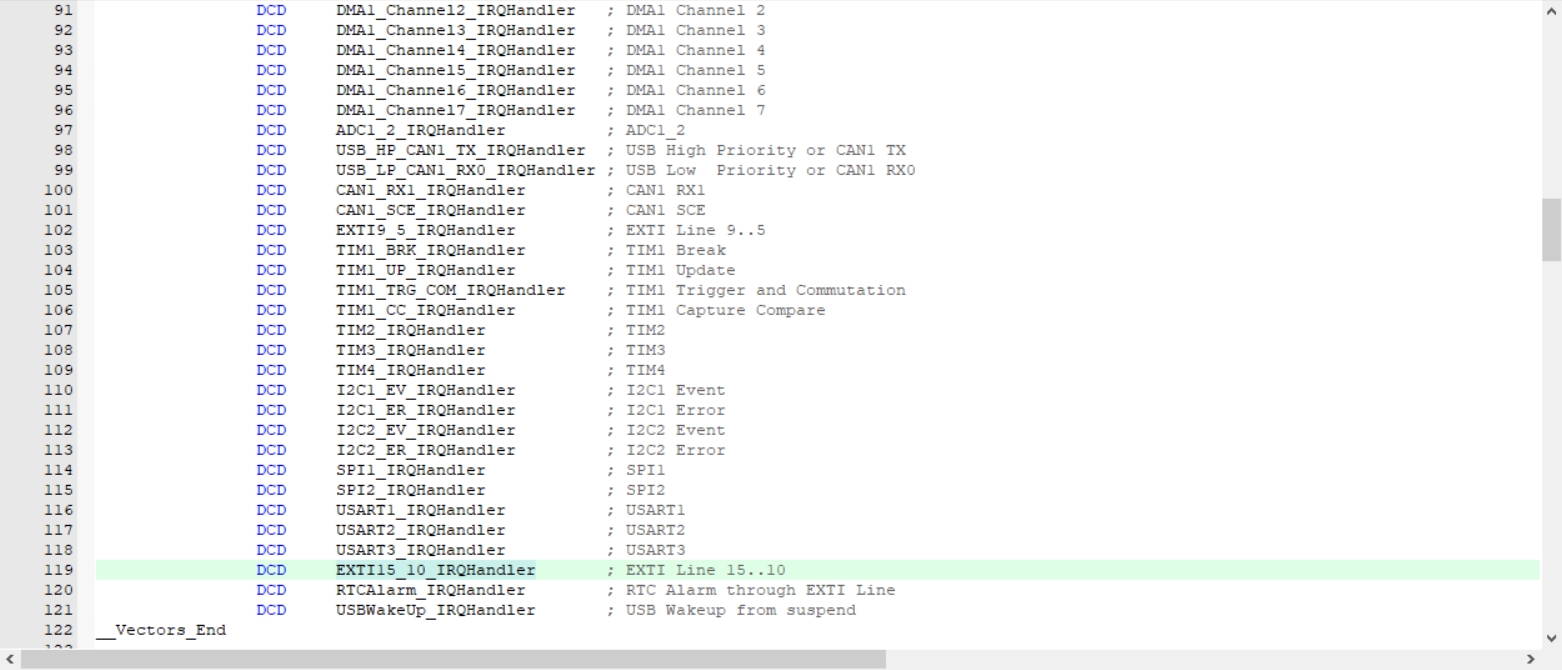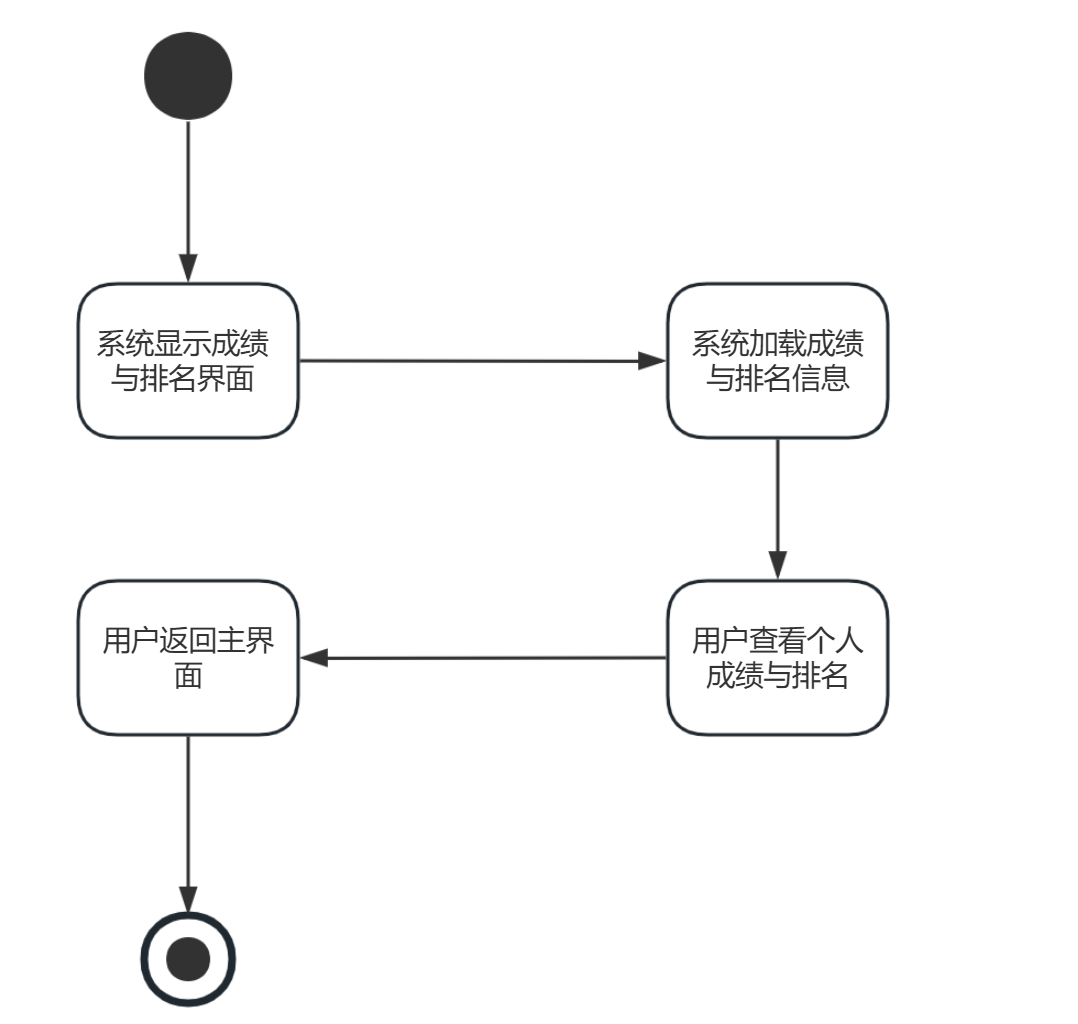测试信息
本次共测试了以下几种输入方式的速度:
scanfcin- 快读
- 位运算快读
fread()+ 位运算快读- 关闭同步流的
cin - 开启
tie绑定并关闭同步流的cin
每组测试各输入方式均使用相同数据,为随机生成的 \(1000000\)(1E6) 个整数,范围在 \([-(2^{31}-1),2^{31}-1]\)(即 int 范围)。
所用配置为 12th Gen Intel(R) Core(TM) i5-12400 2.50 GHz,操作系统为 Windows 11
所用代码:
数据生成
#include<cstdio>
#include<cstdlib>
#include<ctime>
using namespace std;const int N=1e6;inline int large_rand()
{bool op=rand()&1;long long huge_rand=rand()+(rand()<<15)+(rand()<<30);return op?-(huge_rand%(1ll<<32)):huge_rand%(1ll<<32);
}
int main()
{freopen("input.in","w",stdout);srand(time(NULL));for(int i=1;i<=N;i++)printf("%d ",large_rand());fclose(stdout);freopen("log.txt","a+",stdout);printf("Succeeded generated data.\n");fclose(stdout);return 0;
}计时等部分
#include<cstdio>
#include<windows.h>
using namespace std;const int N=1e6;int main()
{freopen("input.in","r",stdin);freopen("log.txt","a+",stdout);LARGE_INTEGER StartingTime,EndingTime,ElapsedMicroseconds;LARGE_INTEGER Frequency;QueryPerformanceFrequency(&Frequency);QueryPerformanceCounter(&StartingTime);...QueryPerformanceCounter(&EndingTime);printf("xxx: %.4f ms\n",1000*((double)EndingTime.QuadPart-StartingTime.QuadPart)/Frequency.QuadPart);fclose(stdin);return 0;
}
scanf
int x;for(int i=1;i<=N;i++)scanf("%d",&x);
cin
int x;for(int i=1;i<=N;i++)cin>>x;
快读
int read()
{int x=0,w=1;char ch=getchar();while(ch<'0'||ch>'9'){if(ch=='-')w=-1;ch=getchar();}while(ch>='0'&&ch<='9'){x=x*10+ch-'0';ch=getchar();}return x*w;
}
...int x;for(int i=1;i<=N;i++)x=read();
位运算优化快读
int read()
{int x=0,w=1;char ch=getchar();while(ch<'0'||ch>'9'){if(ch=='-')w=-1;ch=getchar();}while(ch>='0'&&ch<='9'){x=(x<<3)+(x<<1)+(ch^'0');ch=getchar();}return x*w;
}
...int x;for(int i=1;i<=N;i++)x=read();
fread() + 位运算优化快读
const int MAXSIZE=1<<20;
char buf[MAXSIZE],*p1,*p2;
#define gc() \(p1 == p2 && (p2 = (p1 = buf) + fread(buf, 1, MAXSIZE, stdin), p1 == p2) \? EOF \: *p1++)int rd()
{int x=0,f=1;char c=gc();while(!isdigit(c)){if(c=='-') f=-1;c=gc();}while (isdigit(c)) x=(x<<3)+(x<<1)+(c^48),c=gc();return x*f;
}
...int x;for(int i=1;i<=N;i++)x=rd();
关闭同步流的 cin
std::ios::sync_with_stdio(false);int x;for(int i=1;i<=N;i++)cin>>x;
开启 tie 绑定并关闭同步流的 cin
std::ios::sync_with_stdio(false);std::cin.tie(nullptr);int x;for(int i=1;i<=N;i++)cin>>x;
测试结果
log.txt 输出信息
#1
Succeeded generated data.
scanf: 425.8919 ms
cin: 1128.8144 ms
read: 204.4151 ms
read+: 208.4703 ms
read++: 35.9450 ms
cin ios: 127.2909 ms
cin tie ios: 129.4965 ms#2
Succeeded generated data.
scanf: 442.5600 ms
cin: 1260.4899 ms
read: 210.9504 ms
read+: 209.6824 ms
read++: 44.4940 ms
cin ios: 127.7128 ms
cin tie ios: 144.6090 ms#3
Succeeded generated data.
scanf: 438.7641 ms
cin: 1166.4752 ms
read: 213.7551 ms
read+: 230.8293 ms
read++: 44.0495 ms
cin ios: 135.8041 ms
cin tie ios: 137.5192 ms
表格统计

图表统计

根据统计,在百万较长整数(大多是九到十位数)的测试数据下,fread()等优化后的超级快读速度极快,快读及位运算优化快读的效率相似,ios 或 tie 优化后的 cin 效率较高,scanf 稍慢,裸 cin 的效率极低











